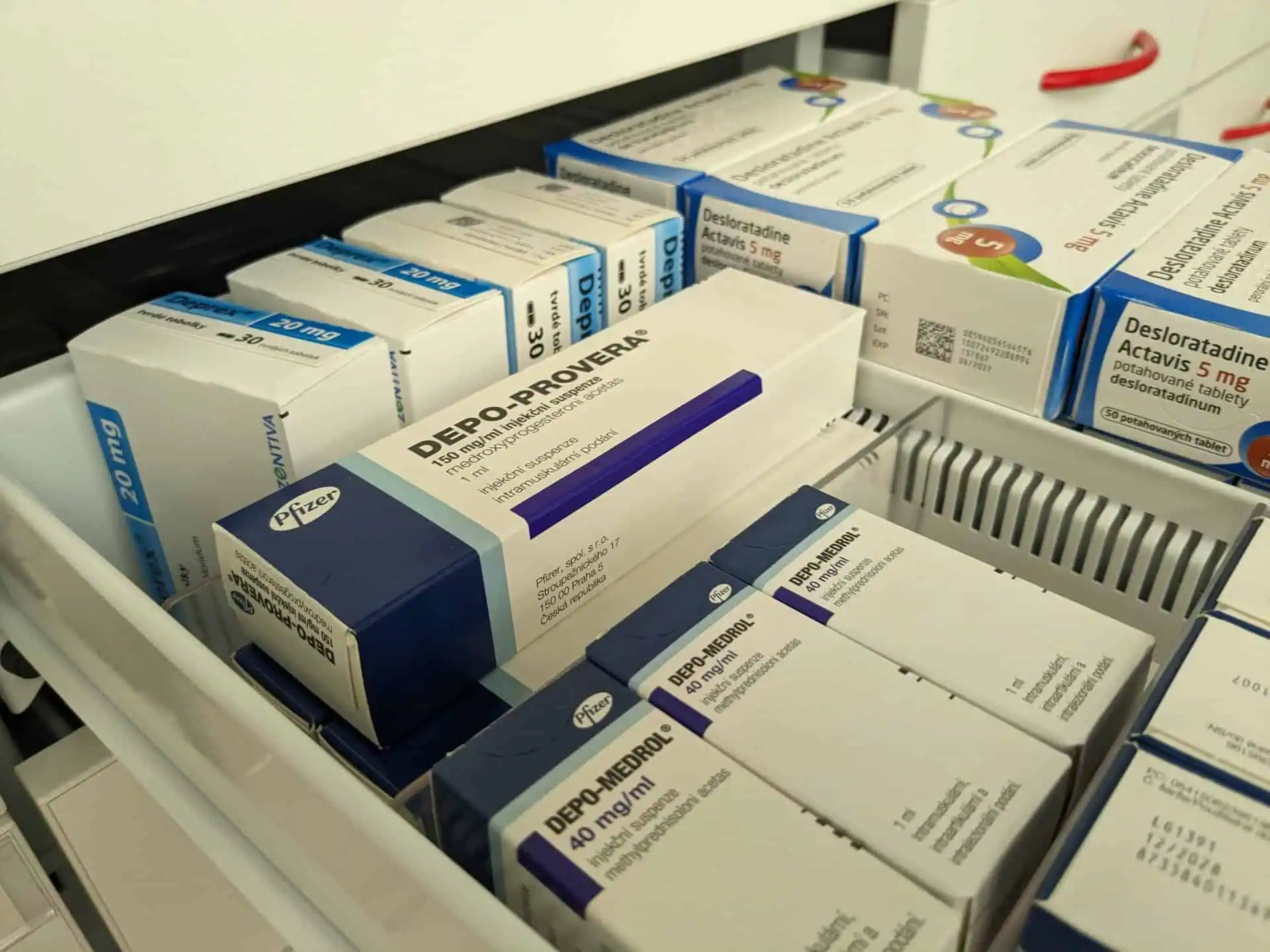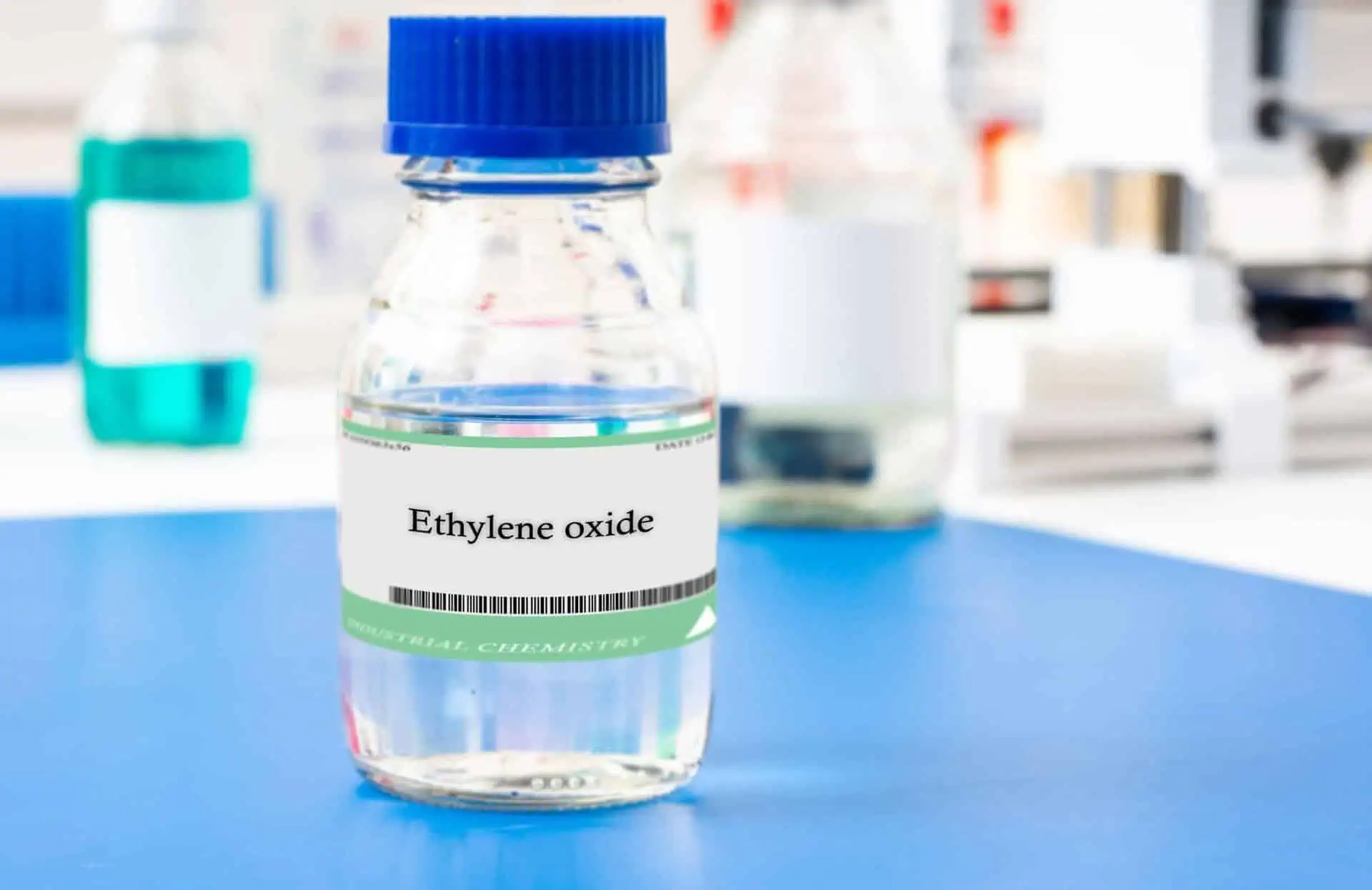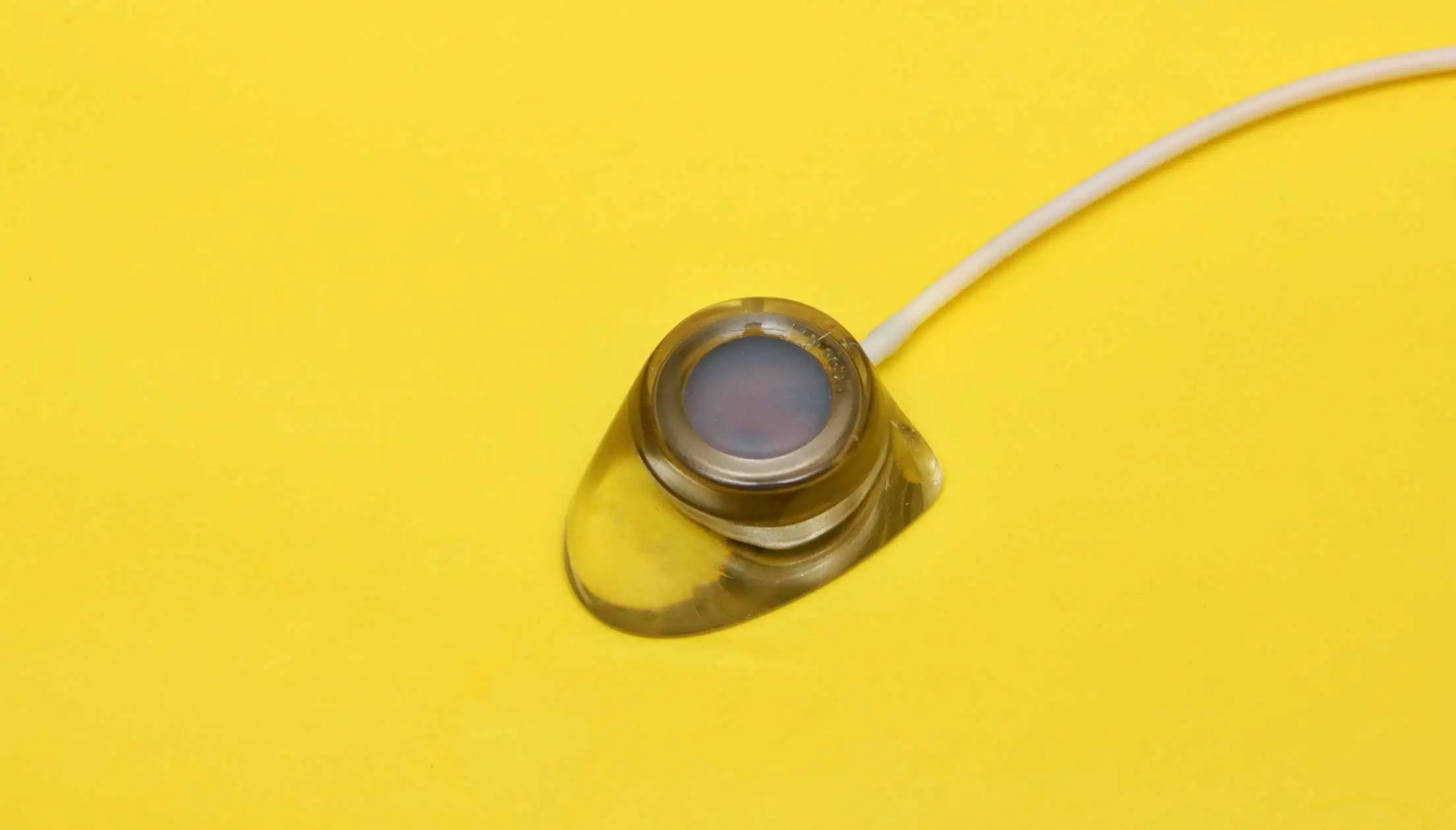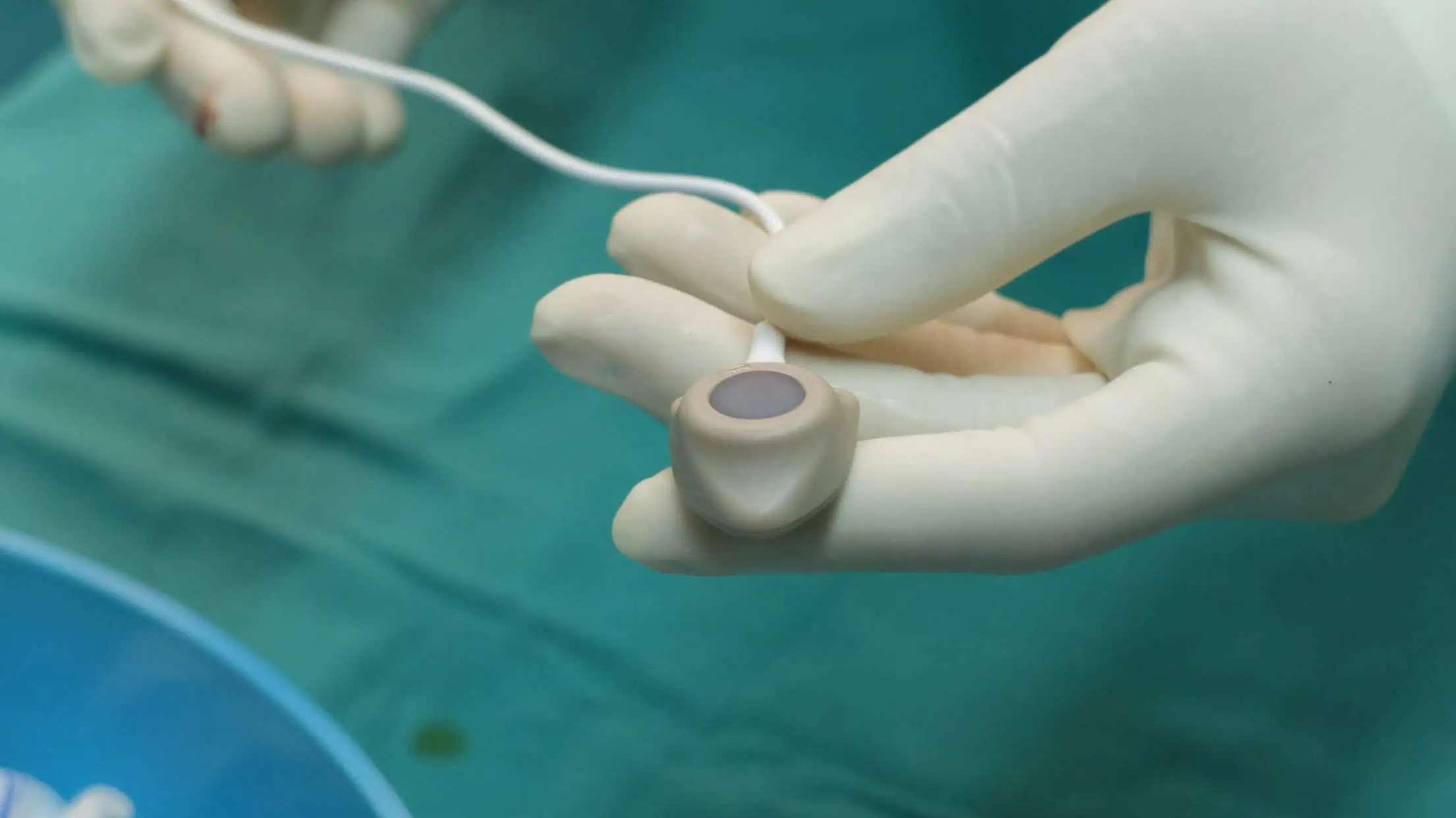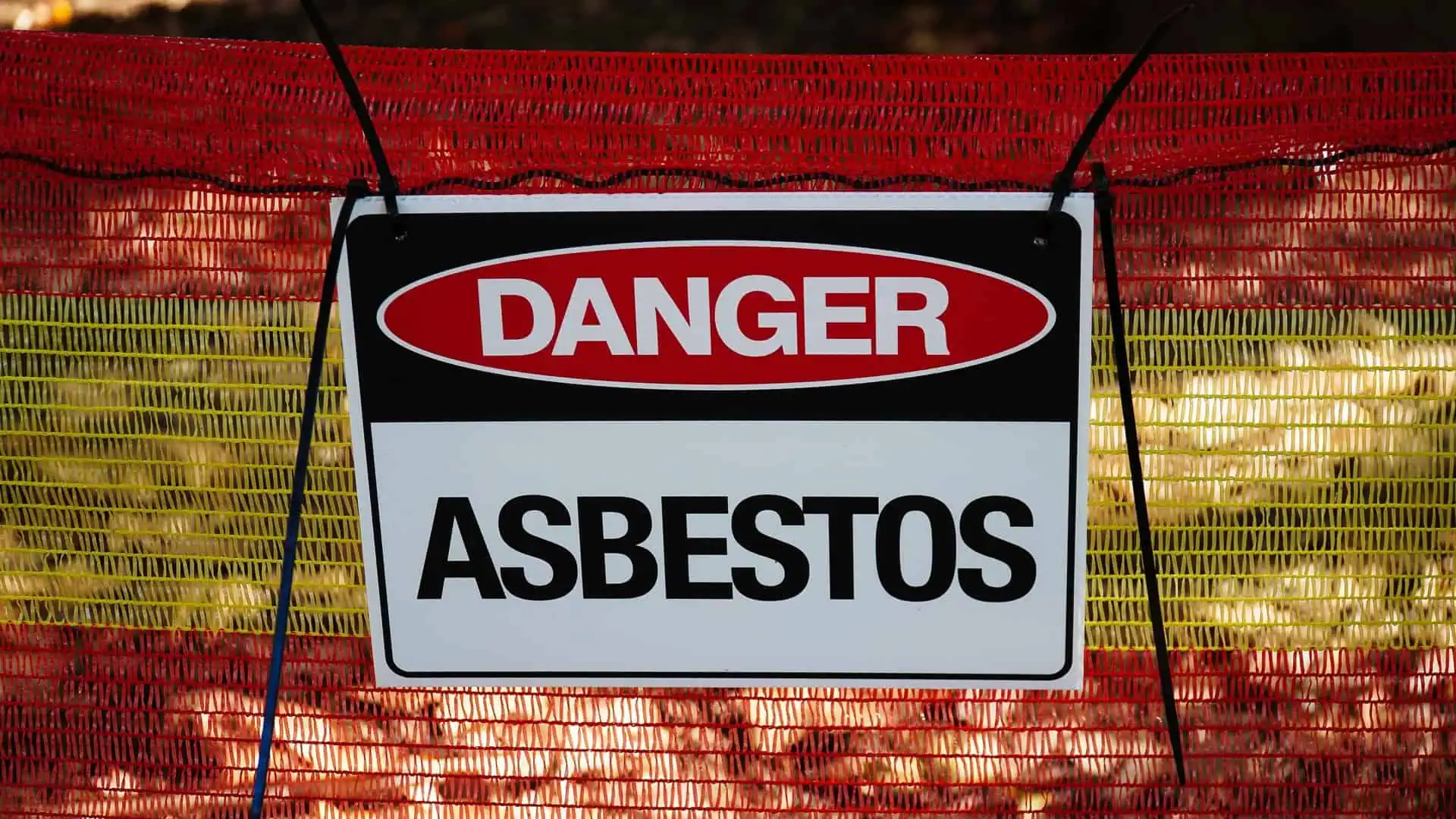Medtronic SynchroMed II Litigation Moves Forward
- Last Updated: August 13th, 2023

Attorney Jessica Paluch-Hoerman, founder of TruLaw, has over 28 years of experience as a personal injury and mass tort attorney, and previously worked as an international tax attorney at Deloitte. Jessie collaborates with attorneys nationwide — enabling her to share reliable, up-to-date legal information with our readers.
Legally Reviewed
This article has been written and reviewed for legal accuracy and clarity by the team of writers and legal experts at TruLaw and is as accurate as possible. This content should not be taken as legal advice from an attorney. If you would like to learn more about our owner and experienced injury lawyer, Jessie Paluch, you can do so here.
Fact-Checked
TruLaw does everything possible to make sure the information in this article is up to date and accurate. If you need specific legal advice about your case, contact us by using the chat on the bottom of this page. This article should not be taken as advice from an attorney.
Medtronic SynchroMed II Litigation Moves Forward
Lawsuits against the Medtronic SynchroMed II Infusion pump, initially approved by the U.S. Food and Drug Administration’s controversial Pre-Market Approval (PMA) program, have successfully survived a preemption challenge and cases continue to move forward in California and Pennsylvania.

Over the past several years, the Medtronic SynchroMed II Infusion Pump line has been plagued with problems that have allegedly caused many users to suffer severe and potentially life-threatening health issues.
Table of Contents
What is the Medtronic SynchroMed II Infusion Pump?
The Medtronic SynchroMed II Infusion pump was designed to deliver bactofen and Morphine to intrathecial space in the spinal area of the body.
Originally approved for delivery of cancer and pain medication to the terminally ill, there have been multiple types of recalls and manufacturing violations affecting over 270,000 devices.
The failure of the device to comply with manufacturing and reporting regulations triggered a multi-agency complaint by the Department of Health and Human Services (DHHS), Department of Justice (DOJ), U.S. Attorneys Office (USAO) and the Food and Drug Administration (FDA).
A Minnesota District Court Judge signed a consent decree imposing a moratorium on the marketing and sale of the product last year.
Basis of the Consent Decree
The consent degree was based on Medtronic’s repeated failure to correct certain violations related to the manufacture of the Synchromed II Implantable Infusion Pump Systems.
The violations, determined on the grounds of quality control and manufacturing, were arrived at during 2006-2013 in the course of five FDA inspections at Medtronic’s Minnesota plant, which resulted in three warning letters issued to Medtronic.
The consent decree will remain in effect until the FDA is convinced that Medtronic has met all the provisions of the decree, and once the company receives a go-ahead from the agency, it can resume the designing, manufacture, and distribution of the product, although it must submit to at least two years of continued oversight so that the FDA can verify that the company remains in compliance.

Managing Attorney & Owner
With over 25 years of legal experience, Jessica Paluch-Hoerman is an Illinois lawyer, a CPA, and a mother of three. She spent the first decade of her career working as an international tax attorney at Deloitte.
In 2009, Jessie co-founded her own law firm with her husband – which has scaled to over 30 employees since its conception.
In 2016, Jessie founded TruLaw, which allows her to collaborate with attorneys and legal experts across the United States on a daily basis. This hypervaluable network of experts is what enables her to share the most reliable, accurate, and up-to-date legal information with our readers!
Here, at TruLaw, we’re committed to helping victims get the justice they deserve.
Alongside our partner law firms, we have successfully collected over $3 Billion in verdicts and settlements on behalf of injured individuals.
Would you like our help?
At TruLaw, we fiercely combat corporations that endanger individuals’ well-being. If you’ve suffered injuries and believe these well-funded entities should be held accountable, we’re here for you.
With TruLaw, you gain access to successful and seasoned lawyers who maximize your chances of success. Our lawyers invest in you—they do not receive a dime until your lawsuit reaches a successful resolution!
AFFF Lawsuit claims are being filed against manufacturers of aqueous film-forming foam (AFFF), commonly used in firefighting.
Claims allege that companies such as 3M, DuPont, and Tyco Fire Products failed to adequately warn users about the potential dangers of AFFF exposure — including increased risks of various cancers and diseases.
Depo Provera Lawsuit claims are being filed by individuals who allege they developed meningioma (a type of brain tumor) after receiving Depo-Provera birth control injections.
A 2024 study found that women using Depo-Provera for at least 1 year are five times more likely to develop meningioma brain tumors compared to those not using the drug.
Suboxone Tooth Decay Lawsuit claims are being filed against Indivior, the manufacturer of Suboxone, a medication used to treat opioid addiction.
Claims allege that Indivior failed to adequately warn users about the potential dangers of severe tooth decay and dental injuries associated with Suboxone’s sublingual film version.
Social Media Harm Lawsuits are being filed against social media companies for allegedly causing mental health issues in children and teens.
Claims allege that companies like Meta, Google, ByteDance, and Snap designed addictive platforms that led to anxiety, depression, and other mental health issues without adequately warning users or parents.
Transvaginal Mesh Lawsuits are being filed against manufacturers of transvaginal mesh products used to treat pelvic organ prolapse (POP) and stress urinary incontinence (SUI).
Claims allege that companies like Ethicon, C.R. Bard, and Boston Scientific failed to adequately warn about potential dangers — including erosion, pain, and infection.
Bair Hugger Warming Blanket Lawsuits involve claims against 3M — alleging their surgical warming blankets caused severe infections and complications (particularly in hip and knee replacement surgeries).
Plaintiffs claim 3M failed to warn about potential risks — despite knowing about increased risk of deep joint infections since 2011.
Baby Formula NEC Lawsuit claims are being filed against manufacturers of cow’s milk-based baby formula products.
Claims allege that companies like Abbott Laboratories (Similac) and Mead Johnson & Company (Enfamil) failed to warn about the increased risk of necrotizing enterocolitis (NEC) in premature infants.
Here, at TruLaw, we’re committed to helping victims get the justice they deserve.
Alongside our partner law firms, we have successfully collected over $3 Billion in verdicts and settlements on behalf of injured individuals.
Would you like our help?


